Their silky fur is considered diamonds of the fur business. Velvety and thick, the smooth, silk pelage of the smooth-coated otter is sold for 350 Chinese yuan or more in Tibet and for 90-100 dollars in Thailand leather factories.
Nobody knows exactly how many of these otters are left in India or South east Asia. But a TRAFFIC study in 2018 found up to 1,189 otters being advertised to be sold online in a 4-month period. That is an average 3,500 otters in a year.
Also Read: An Otter Bit Me! Cried the Crocodile
This number does not include the live otters that are also being sold – mostly juveniles, enroute to China, Thailand, Indonesia and Japan where they would probably be used for commercial breeding and for being captive in a small tank for life in Japan’s otter cafes.
As you are reading this, somewhere in Uttar Pradesh or Karnataka or Maharashtra, a smooth coated otter is being killed to become part of this international racket. Without stricter measures to curb the international trade, or the public outcry that is helping save other charismatic species such as the tigers, the otters may disappear from the entire subcontinent even before we realise it.
The fish specialists
Smooth coated otters are found in areas with plenty of freshwater – wetlands and swamps, lakes, rivers and rice paddies. You can find these beady eyed mammals hanging out with the entire family – most commonly a mother with her pups of different ages.
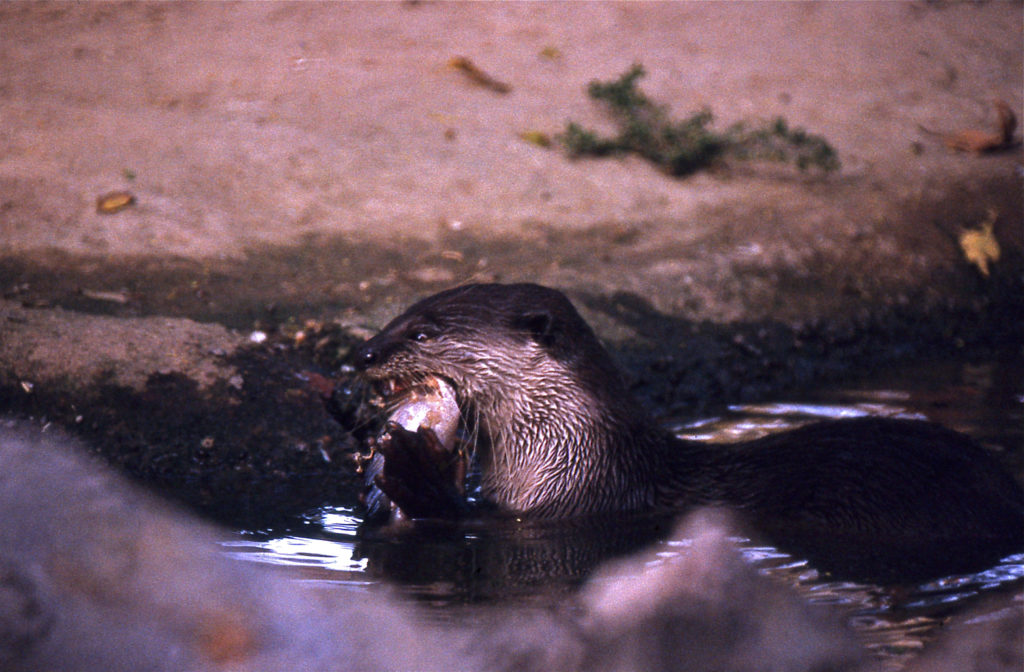
If you are luckier, you may even catch them doing what they do best – fishing. The otters travel upstream in a V-shape formation, catching small and big fish. The smaller ones are eaten whole instantly while the larger are savoured bit by bit later on the shores.
Also Read: Eurasian Otter Spotted for the first time in India
The otters’ reputation as fish specialists is so well known that locals in Pakistan and Bangladesh have trained otters to drive fish towards their nets. They have also been used as ‘decoys’ for capturing dolphins.
The crab specialists
There is another species of otters found in India known as the Asian short clawed otters. They too share the same habitat as the smooth coated otters but their food of choice is crabs rather than fish. It is perhaps an evolved habit to peacefully co-exist with their fish loving cousins.

The short-clawed otters live in family group of about 15 individuals. But they usually forage alone using their long, clawless fingers to feel around in silt and crevices for shellfish and other invertebrates. The otters then crush the shells using their teeth.
Both the smooth-coated otter and the Asian short clawed otter have been marked as Vulnerable in the IUCN list of threatened species. This is mainly due to their degrading habitat and the disappearing freshwater marshes. But a more imminent threat now is the rapidly growing international trade.
The cost of coats and gloves
Otter fur has been a part of the traditional costume worn by Tibetans called ‘Chuba’ for decades. It is also widely used as raw material for making fur coats, gloves and hats. Otter body parts are edible and eaten in South Asian countries.
What many are not aware of is most of the otters that are turning into fashion statements, or becoming someone’s dinner are coming from India, Bangladesh and Nepal.
A recent investigation by TRAFFIC revealed that more than 30% of otter population in India has declined because of this wild trade.
A report published in the December 2018 edition of Journal of Asia-Pacific Biodiversity noted how the mother otter is often killed by poachers so they can capture the cubs. Ironically, with the mother gone, the chances of the new born survival diminish drastically. Still, otters are indiscriminately extracted from the wild, even as a newborn, despite the risk of death.
“While each trader individually sells a small number of otters each time, the overall volume of the trade itself is significant, raising concerns for the wild populations of smooth-coated otter and Asian small-clawed otter” noted a report titled “Illegal pet trade on social media as an emerging impediment to the conservation of Asian otters species.
India is taking a stand
Currently, the smooth-coated otter and the Asian small clawed otter, are listed on Appendix II of CITES which allowed regulated international trade. However, India along with Bangladesh, Nepal and Philippines is seeking complete ban on commercial trade of the otter in the next CITES conference to be held later this month in Geneva, Switzerland.
CITES (Convention on International Trade in Endangered Species on Wild Fauna and Flora) is an international treaty between the nations of the world to ensure that the trade in wild animals and plants do no threaten their survival. Apart from the otters, India is also hoping to change the listing of other species like the Tokay Gecko, wedgefish and Indian rosewood.
If two thirds of the parties present vote to adopt the proposal, there will be a complete ban in the commercial trade saving the intelligent, playful and extremely vulnerable otters from a fur trade bringing death to them everyday.

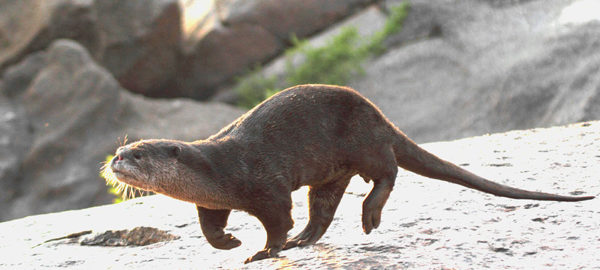
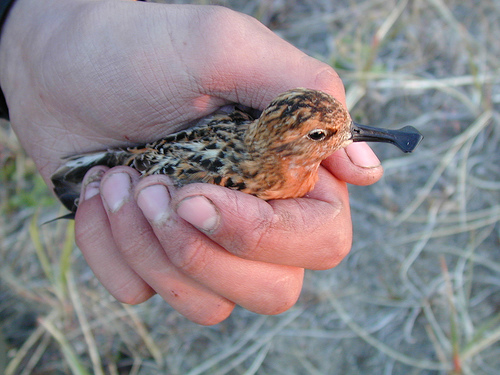
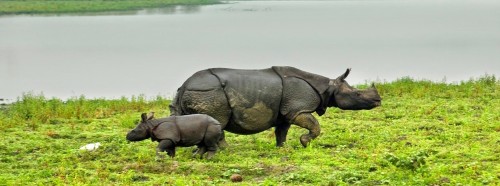
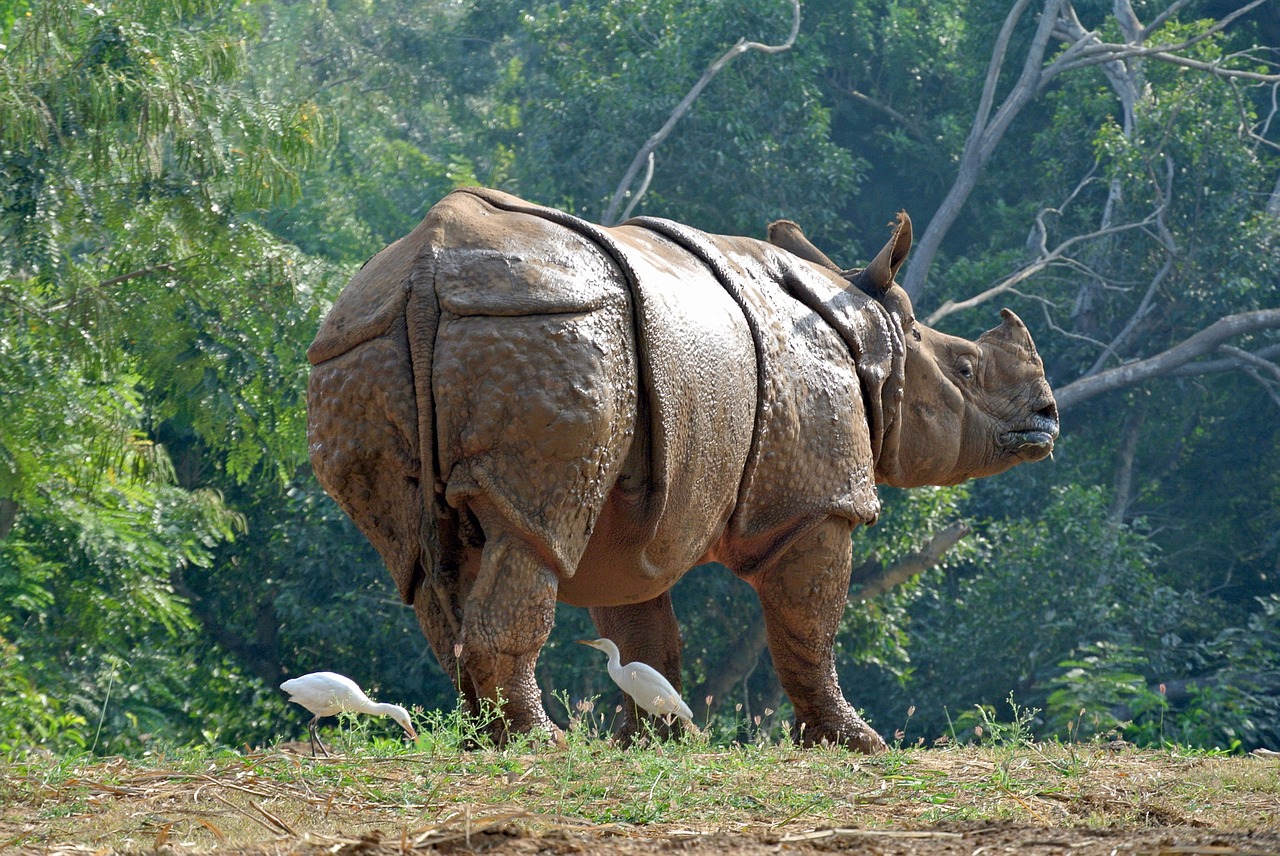
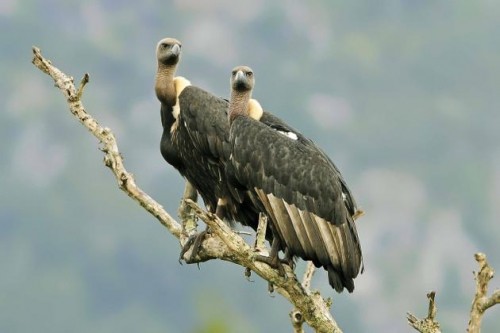
One thought on “Our Neighbourhood Otters Need Saving From the Global Fur Trade”